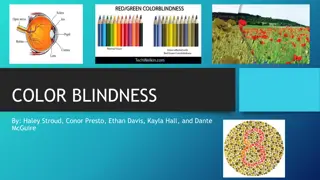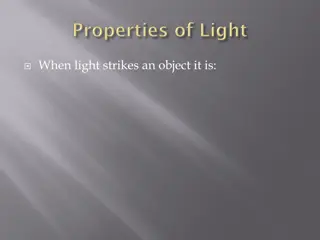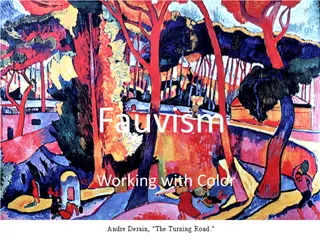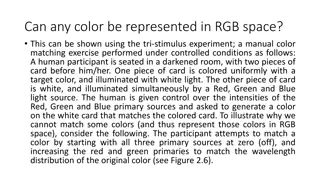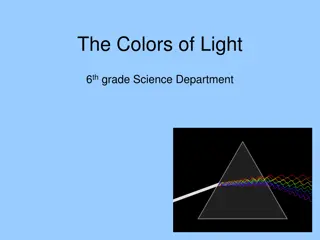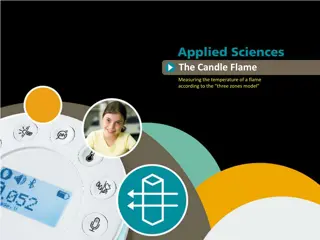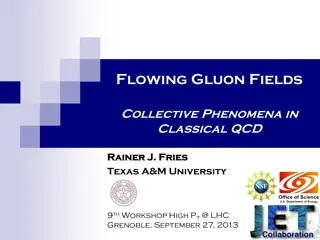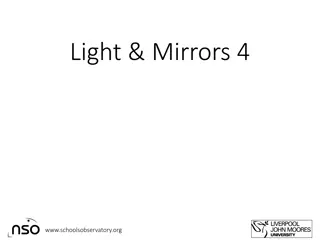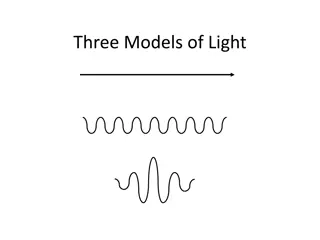
The Use of Color and Light in Adrien de Montigny’s Miniatures
Explore how Adrien de Montigny masterfully uses color and light in his exquisite miniatures, bringing scenes to life.n
Download Presentation

Please find below an Image/Link to download the presentation.
The content on the website is provided AS IS for your information and personal use only. It may not be sold, licensed, or shared on other websites without obtaining consent from the author. Download presentation by click this link. If you encounter any issues during the download, it is possible that the publisher has removed the file from their server.
E N D
Presentation Transcript
The Use of Color and Light in Adrien de Montigny s Miniatures In the waning years of the 16th century, as the Renaissance cast its long shadow across Europe and the tremors of the Reformation continued to reshape the cultural landscape, a quiet revolution was unfolding in the cloistered world of Flemish monasteries and noble houses. Here, in the flickering candlelight of secluded scriptoria, a master illuminator named Adrien de Montigny was redefining the boundaries of art, one miniature masterpiece at a time. A Sneak Peek of Adrien de Montigny His canvas: Pages no larger than a modern postcard. His tools: Brushes so fine they might have been crafted from a single hair, pigments ground from precious stones and exotic plants, and gold leaf so thin it seemed to float on air. His vision: To capture the grandeur of the heavens and the intricacies of the earthly realm within the confines of a book that could be held in two hands. Imagine, if you will, the world in which Montigny worked. It was an era of contradictions a time of great intellectual and artistic flowering, yet also a period
marked by religious strife and political upheaval. In Flanders, where Montigny plied his trade, the air was thick with the scent of change. The old medieval order was giving way to new ideas, new technologies, and new ways of seeing the world. Yet amidst this tumult, in the quiet corners of abbeys and the private chambers of nobility, Montigny bent over his work, creating universes in miniature that seemed to exist outside of time itself. The Historical Context Before we delve into the intricacies of Adrien de Montigny's work, it's essential to understand the historical backdrop against which he painted: Late 16th Century Flanders: A period of religious turmoil and artistic flourishing Rise of Manuscript Illumination: An art form that reached its zenith during this era Patronage of the Nobility: Wealthy patrons commissioning lavish illuminated manuscripts Read More Articles: Georg Braun and Frans Hogenberg: The Visionaries Behind 'Civitates Orbis Terrarum Montigny's Unique Approach to Color Adrien de Montigny distinguished himself through his innovative use of color. His palette was not merely a tool but an instrument through which he composed visual symphonies: Vibrant Primary Colors: Montigny's bold use of reds, blues, and yellows created striking focal points in his miniatures. Subtle Earth Tones: He balanced vibrant hues with muted browns and greens, grounding his compositions in realism. Metallic Accents: Gold and silver leaf added a dimension of luxury and otherworldliness to his works. Gradients and Blending: Montigny's mastery of color gradation brought depth and dimension to his tiny canvases. The Play of Light in Montigny's Miniatures Light in Montigny's work was not merely a representation of illumination but a narrative device:
Divine Radiance: Golden halos and rays of light symbolize spiritual presence Atmospheric Perspective: Subtle shifts in light conveyed distance and depth Dramatic Shadows: Strategic use of darkness added mystery and drama Reflections and Highlights: Meticulous attention to the play of light on surfaces brought his miniatures to life Montigny's Color Symbolism Color Symbolic Meaning Common Miniatures Usage in Gold Divinity, eternity Halos, divine light Blue Heaven, virtue Sky, Virgin Mary's robes Red Martyrdom, passion Cardinals' robes, blood of Christ Green Purple Hope, growth Royalty, penitence Landscapes, young foliage Nobles' attire, scenes Lenten White Purity, innocence Angelic robes, lilies Techniques and Materials Montigny's brilliance was not just in his vision but in his technical mastery: Pigment Preparation: Using rare and expensive materials like lapis lazuli for blue and cochineal for red Layering: Building up thin layers of paint to create luminous effects Burnishing: Polishing gold leaf to achieve a mirror-like shine Miniature Brushwork: Employing impossibly fine brushes, some made from just a single hair The Narrative Power of Color and Light In Montigny's hands, color and light became storytelling tools: Emotional Resonance: Using warm colors for joyous scenes and cool tones for somber moments
Symbolic Representation: Employing specific colors to represent virtues, vices, or biblical themes Visual Hierarchy: Guiding the viewer's eye through the composition with strategic use of bright colors and highlights Temporal Indications: Depicting different times of day through subtle shifts in light and color Comparative Analysis To truly appreciate Montigny's genius, it's helpful to compare his work to that of his contemporaries: Simon Bening: Known for his naturalistic landscapes, Bening's use of color was more subdued compared to Montigny's vibrant palette. Gerard Horenbout: While Horenbout excelled in portraiture, Montigny's figures were imbued with a greater sense of movement and emotion through his use of light and color. Gerard David: David's panel paintings influenced Montigny's approach to composition, but Montigny adapted these principles ingeniously to the miniature format. The Legacy of Montigny's Color and Light The influence of Montigny's innovative techniques extended far beyond his lifetime: Inspiration for Later Illuminators: His methods were studied and emulated by subsequent generations of artists Preservation of Medieval Techniques: Montigny's work serves as a bridge between medieval and Renaissance artistic practices Influence on Modern Miniature Art: Contemporary miniaturists continue to draw inspiration from his mastery of color and light Read More Articles: How to Safely Handle Gas Leaks in Your Cooktop? Challenges in Studying Montigny's Work Researching Montigny's techniques presents unique challenges: Fragility of Materials: Many works have deteriorated over time, making analysis difficult Limited Documentation: Few contemporary accounts of his working methods exist
Rarity of Works: The scarcity of his miniatures makes comprehensive study challenging Recent Discoveries and Research Modern technology has opened new avenues for studying Montigny's art: Spectral Imaging: Revealing underdrawings and pigment composition Digital Reconstruction: Allowing scholars to visualize faded or damaged works Chemical Analysis: Identifying specific pigments and binders used by Montigny The Bottom Line As we close the delicate pages of Montigny's world, we are left with a profound appreciation for the transformative power of color and light in the hands of a true master. Adrien de Montigny's legacy extends far beyond the diminutive scale of his works, influencing generations of artists and continuing to inspire wonder in all who encounter his miniatures. His work invites us to look closer, to see more, and to find extraordinary beauty in the smallest of details a lesson as relevant in our modern world as it was in the candlelit scriptorium where Montigny once worked his magic. Order now and bring the brilliance of Montigny's miniatures into your home with Arader Books! We bring you close to the master's most stunning works, with high-resolution images and insightful commentary from leading art historians. Whether you're a seasoned art enthusiast or a curious newcomer, this book will illuminate your understanding of one of history's most captivating art forms. Site Article: The Use of Color and Light in Adrien de Montigny s Miniatures




